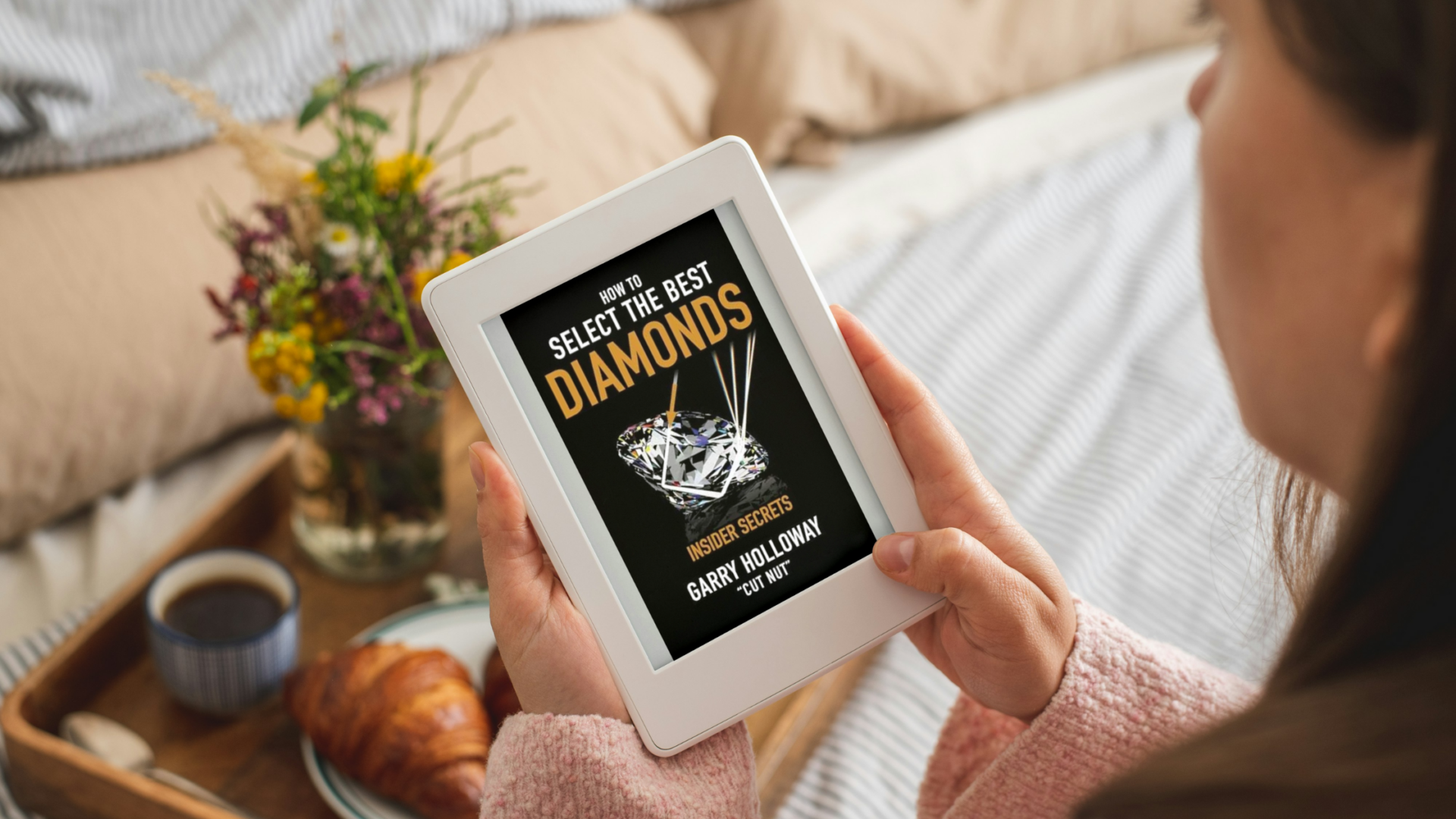- Joined
- Apr 25, 2014
- Messages
- 8,225
I'm not quite sure where to put this as it touches on both mined and man-made diamonds, and I'm aware that we can't really discuss MMD in this RockyTalky section of the forum, so please feel free to move this if required, moderators 
I just thought I'd post up that the BBC have done an article on both - perhaps late to the party, as such discussions certainly aren't new on here, but it's interesting that it might be entering the 'mainstream' consciousness!
http://www.bbc.co.uk/news/business-34580502
I just thought I'd post up that the BBC have done an article on both - perhaps late to the party, as such discussions certainly aren't new on here, but it's interesting that it might be entering the 'mainstream' consciousness!
http://www.bbc.co.uk/news/business-34580502
Rocky question: Would you buy a synthetic diamond?
By Sharanjit Leyl
BBC News, Singapore
21 October 2015
From the section
Business
{Picture}
Laboratory-made diamonds are today all but indistinguishable from the real thing
Picture this, you're about to splash out on a diamond that has costs thousands. It's expensive because it comes from a mine where it has lain undiscovered for centuries.
An alternative is to choose a slightly cheaper and virtually identical one created inside a laboratory in just a few short weeks.
So which one would you go for? It's a question that's beginning to dominate the jewellery industry - and its consumers.
Long-time traditional diamond miners and jewellers are now pitted against companies that recreate diamonds that are chemically indistinct from their mined counterparts.
The firms producing these man-made rocks say they're offering a conflict-free alternative - or a diamond free of any association with 'blood diamonds' - a term used to describe gems mined mainly in Africa which are sold to finance insurgencies and conflicts.
Creating a diamond
One new firm creating man-made diamonds is Singapore's IIa Technologies. Its factory opened this year and includes a 200,000 sq ft facility. Within the industry, its laboratory is referred to as a "greenhouse" and IIa's is the world's largest.
The technology it is using has existed for decades to produce man-made diamonds for commercial cutters and drills. However, more recently the retail jewellery industry has warmed to the technology.
{picture}
IIa Technologies is named after Type IIa diamonds, of which only 2% exist in nature
After eight years and more than $40m (£25.8m) in research to perfect the carbon vapour deposit technology it predominantly uses, IIa says it has found the way to recreate these rare rocks for the jewellery industry.
And the firm's chief executive Vishal Mehta is on a mission. He wants to see lab-grown diamonds become as coveted as the rocks that have spent millions of years in the ground. Some 70% of the firm's lab-grown diamonds are aimed at the jewellery industry.
"High-quality diamond growing is a very complicated and difficult art," says Mr Mehta.
There are two methods of creating diamonds.
{picture}
A diamond wafer at IIa Technologies
There is the high pressure, high temperature technology that has been used for decades to create coloured as well as industrial diamonds; then there is the carbon vapour deposit method favoured by IIa.
IIa makes 90% of its diamonds using this technique. Currently this produces one- to three-carat diamonds that are sold for about 30% less than naturally-mined ones.
"These diamonds are unique," says Mr Mehta. "What's important is that you don't need to dig up the earth, you don't need to displace anyone, you don't need to do anything that could harm what we need to preserve for our future generations."
Mined or synthetic?
With such technology, experts say only a trained gemmologist using specialist equipment can now tell the stones apart.
So miners and jewellers are investing in and creating machines able to make the distinction.
De Beers, the firm behind famous marketing slogan "a diamond is forever", is one such.
It is making sure the technology and the equipment is available to allow industry and consumers to identify a synthetic diamond from a real one.
"That's important because consumers need to be confident, when they are spending what is a large amount of money on a precious diamond, that it is indeed the precious natural diamond that they think it is," says De Beer's executive vice-president for marketing, Stephen Lussier.
And with diamond sales at record highs, surpassing the $80bn mark for the first time in 2014, traditional diamond firms are keen to hang onto those highs - and avoid cases of industry fraud.
'Never say never'
"Values have always gone up over time," says Charlie Rosario, senior vice president at New York-based diamond manufacturers and distributers Lazare Kaplan International.
"You have a luxury high quality sector of this industry, [but] I don't believe that sector of the industry is threatened by synthetic diamonds."
He does acknowledge however that at the lower end of the price spectrum "mass volume pieces of jewellery that have many inferior qualities and smaller diamonds" may be facing a challenge.
"There is going to be a place for synthetic diamonds but not at the top end," he says. "You're not going to see at auction houses that people are going to go crazy over a synthetic diamond."
Lazare Kaplan itself patented a cutting formula in 1919, which Mr Rosario says brings out the brilliance of diamonds and is the reason why its stones sell for above average prices.
So would he rule out ever using Lazare's patented cutting technique on man-made diamonds?
"You never say never," he says, "because you can always learn something, and if the environment and the situations change, you have to be open to opportunity.
"You can't beat science, science is going to continue to evolve."
Diamonds forever?
But beauty ultimately is in the eyes of the beholder, and in the interests of research I took up Mr Mehta's offer to borrow his lab-grown diamond rings to show jewellery buyers at one of Southeast Asia's largest jewellery shows.
Singapore's annual JewelFest brings together well-known jewellers from the region to show off and sell their wares. Among the highlights this year were two diamond and jewel encrusted Victoria's Secret bras worth $2m each from the Dubai and Geneva-based luxury jeweller Mouawad.
I showed the lab-grown diamond jewellery I'd been loaned to some members of the public at the show. Some were sceptical, while others were unaware that lab-made diamonds could be so similar to mined ones.
Some said: "If it's cheaper, yes, I'd buy them, why not?" While others said: "Only real diamonds are a girl's best friends."
Mr Mehta acknowledges that it may take a while to educate consumers, especially Asian ones, about the virtues of conflict free and sustainable diamonds, but in North America and other Western markets, they have already had some luck in with younger, more socially conscious buyers.
It is a message he and other diamond manufacturers are hoping consumers will warm to, if they are going to be able to ensure a sustainable supply of diamonds in the future.
"Diamond mines have already started depleting, so the source of diamonds for the future has already started shrinking," he says.
"Grown diamonds will offer a new growing source as opposed to depleting source of raw material for the entire industry, it will offer the ability for every retailer out there to sell a diamond ring."
So creating them instead could well be the answer to ensuring a "diamond is forever".




300x240.png)